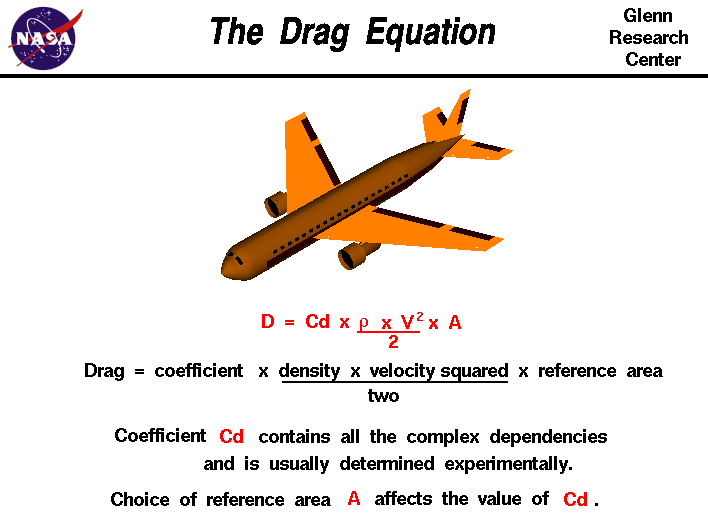

The accompanying diagram shows C L against C D for a typical light aircraft. A particular aircraft may have different curves even at the same R e and M values, depending for example on whether undercarriage and flaps are deployed. During the evolution of the design the drag curve will be refined. The design of a fighter will require drag curves for different Mach numbers, whereas gliders, which spend their time either flying slowly in thermals or rapidly between them, may require curves at different Reynolds numbers but are unaffected by compressibility effects.

Eiffel was the first to use the name "drag polar", however drag curves are rarely plotted today using polar coordinates.ĭepending on the aircraft type, it may be necessary to plot drag curves at different Reynolds and Mach numbers. Lift and drag data was gathered in this way in the 1880s by Otto Lilienthal and around 1910 by Gustav Eiffel, though not presented in terms of the more recent coefficients. When this measurement is repeated at different angles of attack the drag curve is obtained.

If an aerodynamic surface is held at a fixed angle of attack in a wind tunnel, and the magnitude and direction of the resulting force are measured, they can be plotted using polar coordinates.
Drag airplane free#
L and D are at right angles, with D parallel to the free stream velocity (the relative velocity of the surrounding distant air), so the resultant force R lies at the same angle to D as the line from the origin of the graph to the corresponding C L, C D point does to the C D axis. The lift and the drag forces, L and D, are scaled by the same factor to get C L and C D, so L/ D = C L/ C D. C L and C D can be plotted against α, or can be plotted against each other. Like other such aerodynamic quantities, they are functions only of the angle of attack α, the Reynolds number R e and the Mach number M. The significant aerodynamic properties of aircraft wings are summarised by two dimensionless quantities, the lift and drag coefficients C L and C D. Figure 1 below shows how all four of these forces, thrust, lift, drag, and weight, act upon a paper plane.Drag curve for the Nairfoil, colour-coded as opposite plot. Weight is the force of Earth's gravity acting on the paper plane. Finally, the weight of the paper plane affects its flight and brings it to a landing. The force of the air pushing your hand back as you move forward is drag. To think about drag, imagine you are in a moving car and you put your hand outside of the window. As a paper plane moves through the air, the air pushes against the plane, slowing it down. If the paper plane has enough thrust and the wings are properly designed, the plane will have a nice long flight.īut there is more than lack of thrust and poor wing design that gets a paper plane to come back to Earth. While the plane is flying forward, air is moving over and under the wings and is providing a force called lift to the plane. That push is a type of force called thrust. When you throw a paper plane in the air, you are giving the plane a push to move forward. A force is something that pushes or pulls on something else. These same forces apply to real airplanes, too. Watching it float and glide in the air gives you a very satisfying and happy feeling.īut what allows the paper plane to glide through the air? And why does a paper plane finally land? To find out, we will talk about the science behind flying a paper plane and the different forces that get a paper plane to fly and land. Just fold a piece of paper into a simple plane and send it soaring into the sky with a flick of your wrist. Paper airplanes are fun and easy to make. Altering how just one force acts upon a paper plane can clearly change how well that plane flies. This is what happened to the modified plane - it experienced a greater amount of drag, which pushed it back more than the original plane. You could probably feel this, as your hand would be more forcefully pushed back as the car moves forward. When your hand is held out vertically, it catches a greater amount of air and experiences a greater amount of drag than when your hand is horizontal. For example, this is what happens when you are in a moving car with your hand out the window and change your hand from being horizontal to being vertical. In this activity, you increased how much drag acted upon the paper plane by making a one inch-high vertical strip on both wings. The force of the air pushing your hand back as you move forward is drag, also sometimes called air resistance. To think about drag, imagine you are in a moving car and you put your hand out the window. How far does the paper plane fly now compared to before? Why do you think this is, and how does it have to do with drag?Īs a paper plane moves through the air, the air pushes against the plane, slowing it down.


 0 kommentar(er)
0 kommentar(er)
